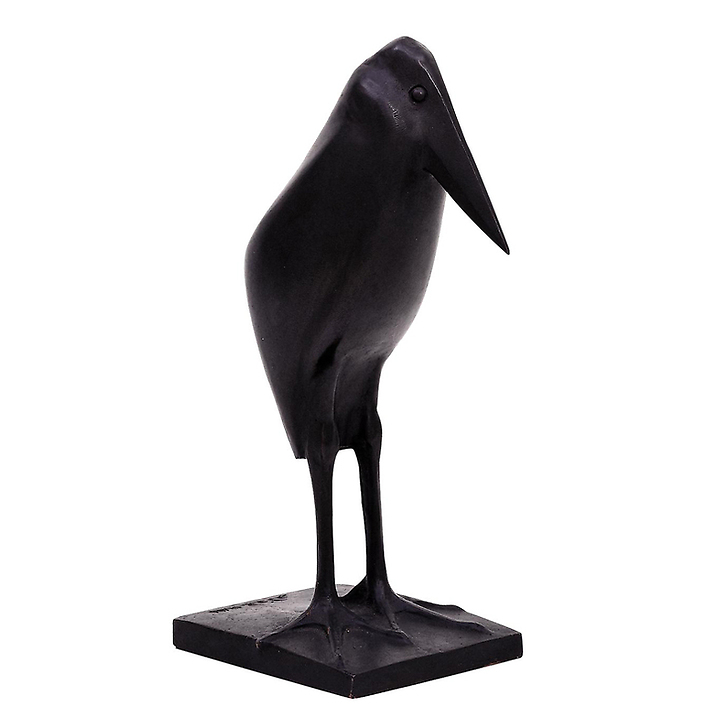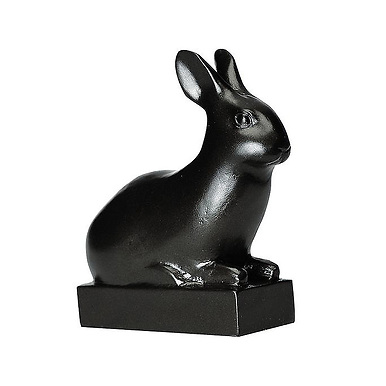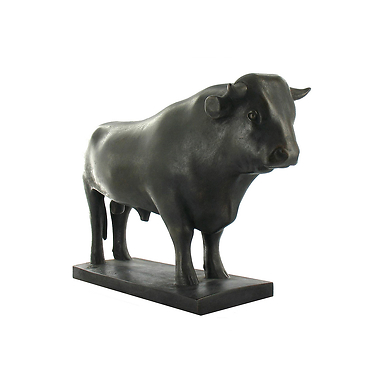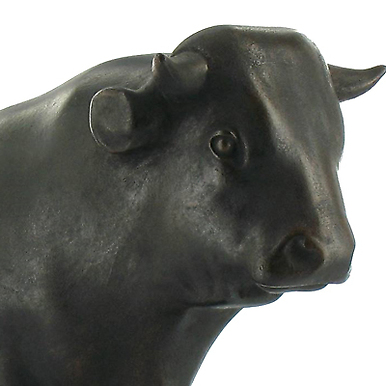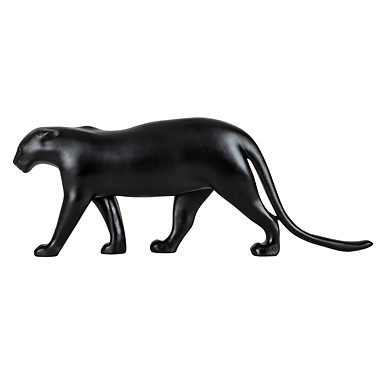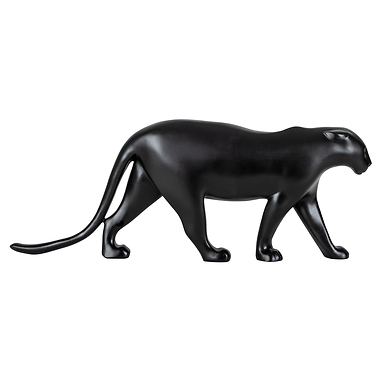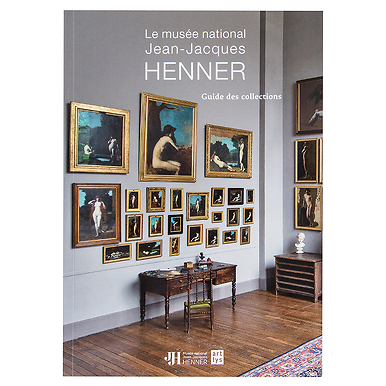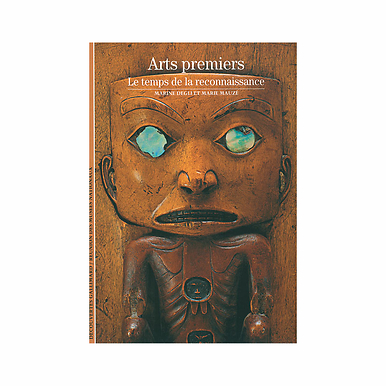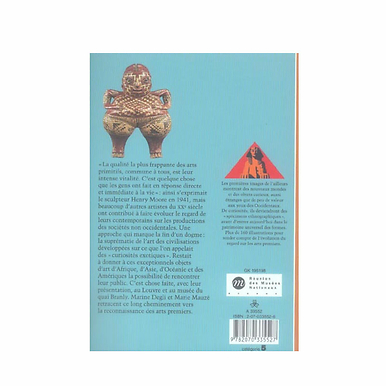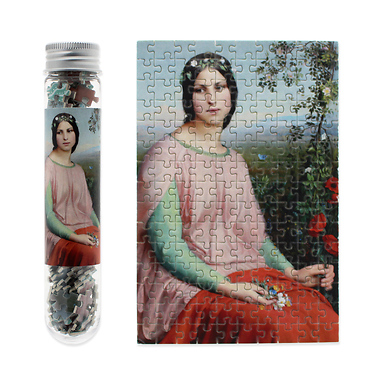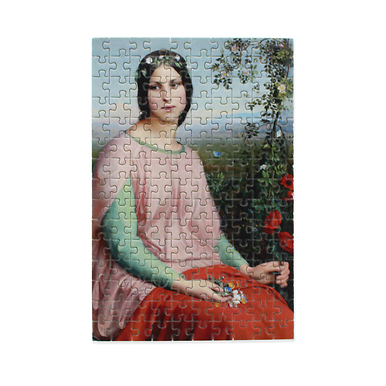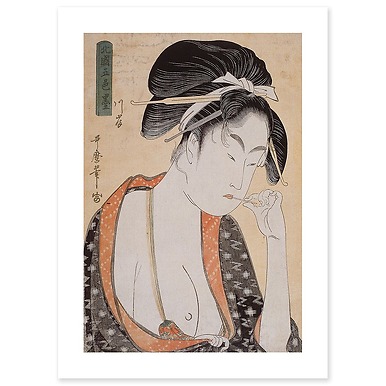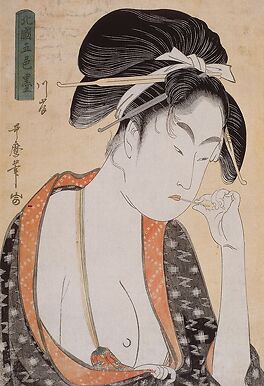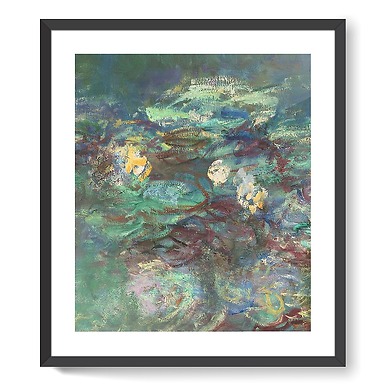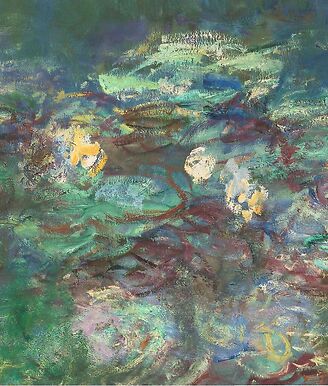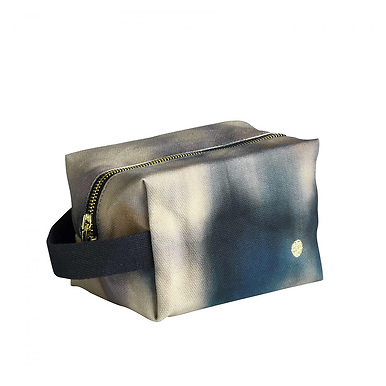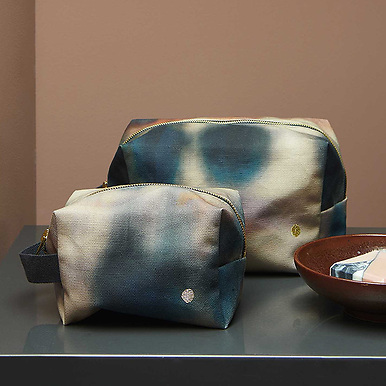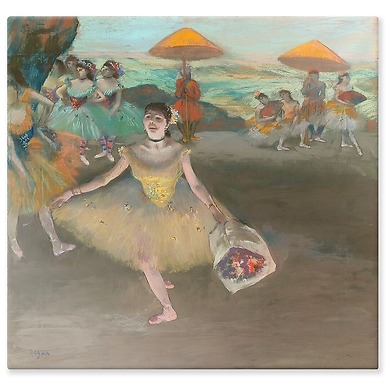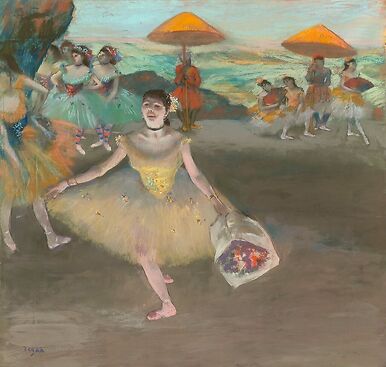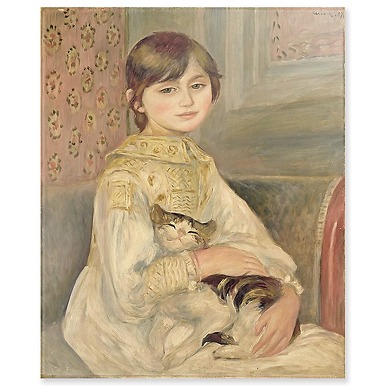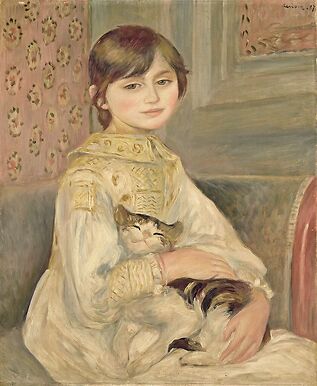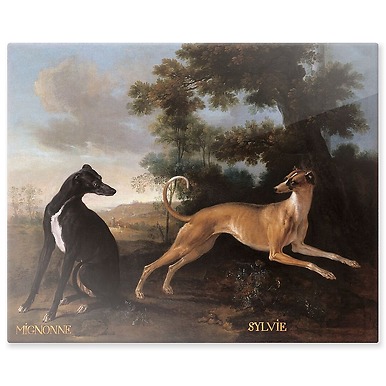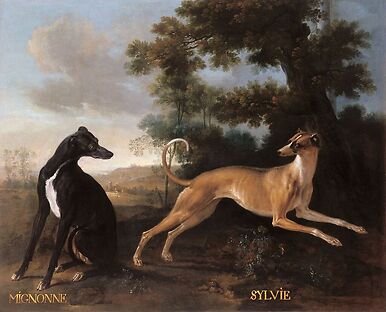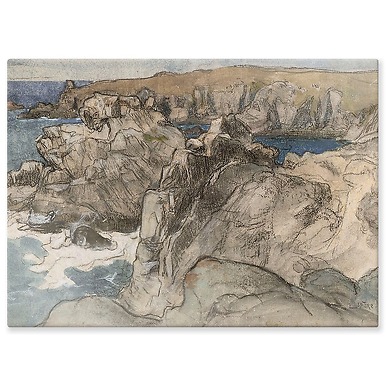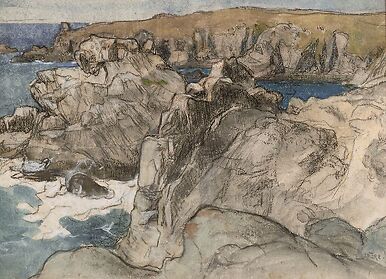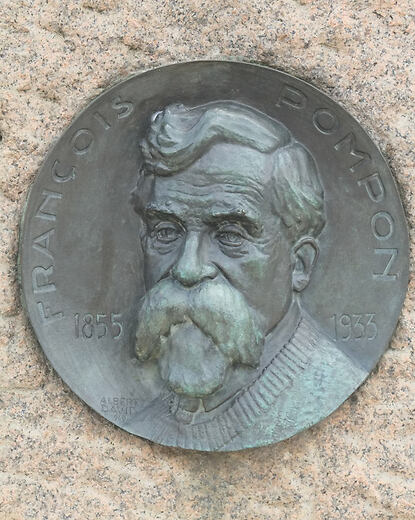Bestseller
Sculpture Marabou François Pompon
RF005913
Reproduction patinated by hand. Mold made from an imprint of the original work exhibited at the Musée of Dijon.
François Pompon finds his models of wild and exotic animals, in winter, at the Jardin des Plantes in Paris.
"It is the movement that determines the shape", so he followed their movements to...
Read more
Reproduction patinated by hand. Mold made from an imprint of the original work exhibited at the Musée of Dijon.
François Pompon finds his models of wild and exotic animals, in winter, at the Jardin des Plantes in Paris.
"It is the movement that determines the shape", so he followed their movements to represent their approach as faithfully as possible.
The economy of means gives an iconic presence to the work that finds its strength on a monumental scale.
Close
Sold by GrandPalaisRmn

